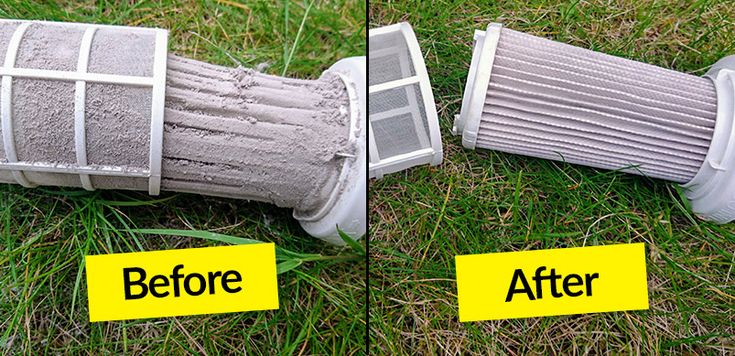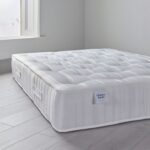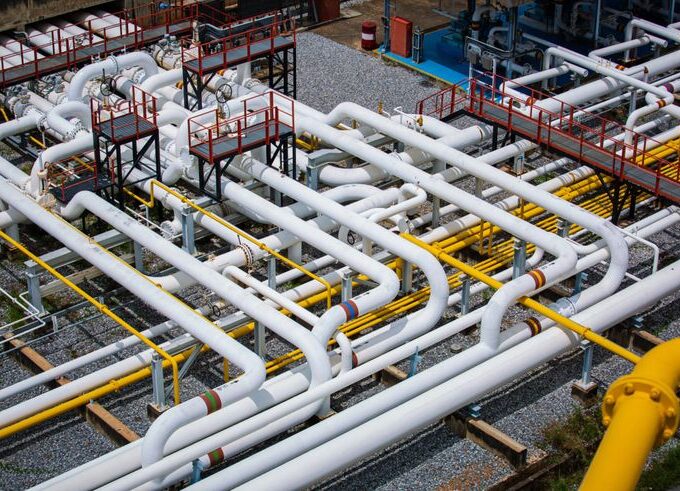Vacuum cleaners are the appliances that we simply cannot do without in our homes as they tirelessly clean our floors and make them dust-free. Nevertheless, there is one very important part that is neglected by many individuals; the filter. This little component is important in keeping your vacuum efficient and in making sure that it captures dust, allergens and pet danders.
Where did you last replace your vacuum cleaner filter? You may have not used your vacuum in a long time, which could make your vacuum cleaner so much harder. This also enhances suction power besides that, this also helps in creating healthier indoor air quality.
We shall explore all that you shall know about vacuum cleaner filters, how to know when they require replacement, the types they are, and how to replace them without any difficulties. Your reliable housemaid is in need of some care!
Signs That Your Filter Needs Replacement
An effective easy home vacuum cleaner filter replacement is necessary to make it work efficiently. When your house starts gathering dust faster than normal you may want to replace that filter.
Think you could feel pumping less strength? It is usually a sign that the filter is clogged or is worn out. Cleaning of the carpet and floors might leave debris on the floor, and your vacuum will not be able to draw dirt effectively.
The other obvious symptom is unpleasant smell during operation. A filthy filter may hold particles and smells, and set them free in your home during cleaning.
In case you notice dust or grime accumulation on the filter itself, do not disregard it. This means that it requires consideration.
Note the frequency of having to empty the dirt container. Regular emptying may indicate some underlying problem of airflow as a result of a faulting filter.
Types of Vacuum Cleaner Filters
There are many types of vacuum cleaners filters that each are intended to meet particular needs. Foam filters are the most widespread and they trap bigger particles and can be washed and reused in most cases. They are not difficult to maintain though will need regular cleaning.
Then there are HEPA filters. These particulate air filters are high-efficiency filters that trap minute allergens such as dust mites and pollen and are therefore suitable to the sufferers of allergy. They typically, however, require a replacement after six months to a year.
The other one is the charcoal filter; it is used to eliminate the odors during vacuuming. It is suitable in houses that house pets or those with heavy cooking aromas.
Others have bagless systems in which a vacuum is not based on filters, but rather on cyclonic action. These are convenient, but they require frequent emptying and frequent cleaning to achieve an optimal performance.
The selection of the appropriate filter is determined by your home and tastes.
Step-by-Step Guide to Replacing Different Types of Filters
Changing the filters in the vacuum cleaners may appear to be a challenging task, however it is very easy. Begin by getting your equipment together: a screwdriver, and perhaps a pair of gloves.
In bagless models, the filter compartment is found. Open it as per the instructions of the manufacture. Carefully take out the old filter and dispose it properly. Insert the new filter making sure it is well fitted in position before closing the compartment.
When using a bagged vacuum, empty the dust bag or change it in case of necessity first. The second step involves locating the location where the filter is situated either in a place close to the motor or elsewhere. Pull it off cautiously so that no debris is left out.
When using HEPA filters be careful with them by ensuring to not overstep them when removing them. Washable filters can be washed under cold water until all the dirt is removed; once dry they should be replaced.
Ask your user manual for specific instructions on your model!
Tips for Maintaining and Cleaning Your Filter
Vacuum cleaner filter maintenance and cleaning are important in keeping the environment in the house healthy. An efficient filter helps in bettering the quality of air and increases the lifespan of your vacuum.
Begin by ensuring that you clean your filter on the basis of use. When you use your vacuum on a regular basis, you should strive to check it after every month. Fewer frequent users of the equipment will only need to check in a couple of months.
How you clean varies based on the filter that you have. There are filters that can be washed down with water, and there are those that take slight tapping or brushing so as to clean up the dust and debris. Specific instructions must always be followed depending on the instructions provided by the manufacturer.
When you wash a washable filter, make sure that it is fully dry before replacing it in the vacuum. Having a damp filter may result in mold or reduced suction power.
Also, in the same vein, you may want to consider changing the disposable filters as the manufacturer suggests, which is typically after six months or even a year depending on how much you use your machine.
Look out and listen to any unusual sounds or any loss of suction in operation they may indicate that something is not working with your filter or other parts of your vacuum cleaner.
The frequent maintenance will not only help to ensure the best performance but will also aid in forming a new environment without any allergens and dust particles.
















